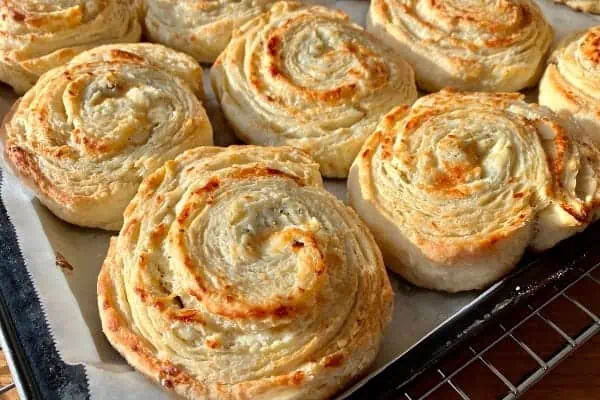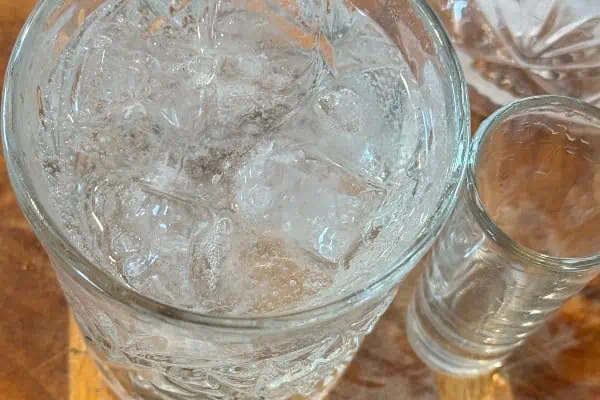”O’ zapft is!” cries the mayor of Munich. Translation: It’s tapped!
What is tapped, where it’s tapped, and why it’s tapped is this week’s story. So dig out your lederhosen, dust off that beer stein and ready your arteries for a few links of bratwurst: it’s Oktoberfest!
So … what the heck is Oktoberfest, anyway?
Well, kids, way back on October 12, 1810, in a little kingdom called Bavaria, Crown Prince Ludwig was getting hitched to a nice young lass called Princess Therese. He threw a huge bash at the Munich city gates and invited all his subjects to join in a five-day celebration – the main event being a horse race.
Everyone had such a swell time that they threw it again the next year, and then the next … etc., etc. Up until carnival rides and rollercoasters hit the scene, the big draws were, and we’re quoting here, “tree-climbing competitions, wheelbarrow and sack races, mush-eating contests, barrel-rolling races and goose chases.” How awesome!
Oktoberfest was, and continues to be, held at the Theresienwiese (“Theresa’s meadow,” after the blushing bride), and the local Munich residents refer to Oktoberfest simply as the abbreviation of its location: Wiesn. Anyway, when beer was allowed on the Theresienwiese grounds, it was set up in small tents sponsored by the local breweries. When the demand became too high, they changed these small tents into what we would now call beer gardens: huge, shaded venues where you could be seated to drink.
Sooner or later someone wised up and prolonged Oktoberfest from five to 16 days. They also bumped it forward to September for the warmer weather, and it now finishes on the first Sunday in October. This gives about six million people every year enough time to consume 1.5 million gallons of beer.
So what do you drink at Oktoberfest?
The beer on offer is in the Märzen style. Keep in mind that traditionally German brewers brewed beer between fall and spring, taking the summer off to avoid producing crummy heat-ruined brews. Because of this, Märzen was a style that was brewed in March, aged all summer in ice-block-chilled caves and served only at the start of fall. The take-home message: it was quite special.
With refrigeration, the weather plays a decreasingly important role in Märzen’s brewing, but the tradition continues in the production of Oktoberfest beer: lager it for at least 30 days or it doesn’t make it into a glass.
The brewing of Oktoberfest beer falls to just six of the Munich breweries; all of the festival’s beer is brewed by Augustiner, Hacker-Pschorr, Hofbräu, Löwenbräu, Paulaner, or Spaten. Collectively, these are referred to as “The Big Six.”
When it comes to taste, Oktoberfestbier is a malt-forward beer, but with a combination of spicy and floral hops used for a mild bitterness. The time spent in cold storage gives the beer a very clean taste and a dry finish.
In appearance, the beer used to be a dark, copper-coloured one, although it has lightened up a bit recently. The style traditionally had an alcohol range of five to six per cent, but what’s now served in the beer gardens is often between 4.5 and five per cent. But don’t panic: it is served in a Maßkrug.
The Bavarian Maßkrug (say it like “moss kroogh”) is a two-pound (when empty!) double–walled beer glass that holds one litre of beer. In order to get a great pour producing lots of aromatic head, the Maßkrug is actually two inches taller than the one-litre mark.
Fun Fact: Oktoberfest has been cancelled only 24 times in the last two hundred years. Culprits? Cholera epidemics and war.
Please enjoy this article responsibly. Prost!




